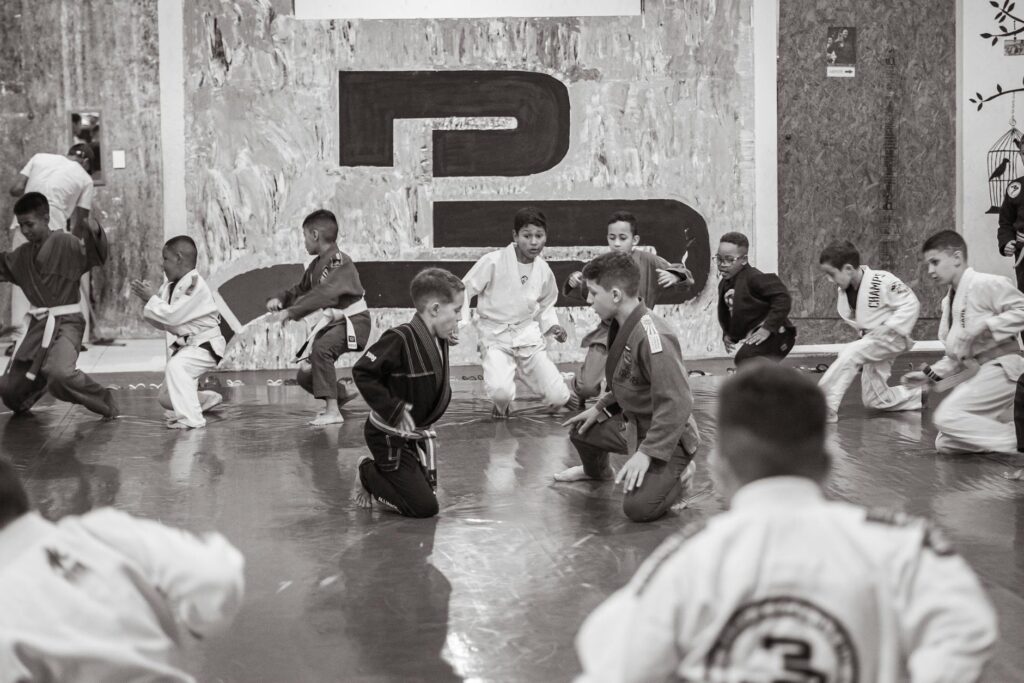What is distraction elimination tips?

What is distraction elimination tips?
Distractions can be the silent killers of productivity. In our fast-paced world, where every ping and notification demands our attention, it’s crucial to identify and eliminate distractions to maintain focus. Distraction elimination tips are strategies that help minimize interruptions, allowing you to work more efficiently and effectively. In this article, I’ll explore various types of distractions and provide actionable techniques to help you stay on track.
Understanding Distractions
Distractions come in various forms, and recognizing them is the first step toward eliminating them. They can be categorized into digital, environmental, and internal distractions, each affecting our focus in different ways.
Digital Distractions
In today’s digital age, distractions often come from our devices. Social media notifications, constant emails, and the urge to check messages can easily pull us away from our tasks. For example, scrolling through social media might seem harmless, but it can consume a significant chunk of your time. To combat this, consider dedicated periods where you check messages and notifications, rather than allowing them to interrupt your flow.
For more tips on minimizing distractions in the workplace, check out this guide on eliminating distractions.
Environmental Distractions
Our physical surroundings play a significant role in our ability to concentrate. Noise, clutter, and an uncomfortable workspace can disrupt our focus. If you find yourself distracted by the sounds around you, consider using noise-canceling headphones or playing soft background music to create a more conducive environment for work. Decluttering your workspace can also make a huge difference; a tidy space can lead to a tidy mind.
Internal Distractions
Sometimes, the distractions we face come from within. Stress, anxiety, and wandering thoughts can hinder our ability to stay focused. It’s not uncommon to find your mind racing with thoughts of your to-do list or personal worries. Recognizing these internal distractions is vital. Techniques like mindfulness and meditation can help calm your mind and improve concentration. For deeper insights into managing distractions, learn about internal distractions.
Effective Distraction Elimination Techniques
Now that we’ve identified the types of distractions, let’s look at some effective techniques to minimize them.
Setting Up a Distraction-Free Workspace
Creating a designated workspace can significantly enhance your focus. Ensure that your workspace is organized and free from clutter. Personalize it with items that inspire you, but avoid overcrowding it with unnecessary distractions. A comfortable chair and adequate lighting can also enhance your productivity.

Photo by SAULO LEITE
Utilizing Technology Wisely
While technology can be a major distraction, it can also be a tool for focus. Consider using apps designed to block distracting websites or limit your social media usage during work hours. Tools like Freedom or Cold Turkey can help you stay on task by restricting access to tempting sites. Additionally, using productivity timers, such as the Pomodoro Technique, can help you structure your work in manageable bursts.
Time Management Strategies
Effective time management is key to eliminating distractions. Techniques like the Pomodoro Technique, where you work for 25 minutes and then take a 5-minute break, can keep you focused while allowing for necessary downtime. Time blocking is another strategy where you allocate specific time slots for tasks. This method can help you stay accountable and organized throughout the day.
Developing Mindfulness and Focus
Mindfulness can significantly enhance your ability to concentrate and reduce distractions. By being present in the moment, you can train your mind to focus on the task at hand.
Mindfulness Techniques
Incorporate mindfulness practices into your daily routine. Simple techniques such as deep breathing exercises or short meditation sessions can help clear your mind and improve focus. Just take a few minutes each day to practice being aware of your thoughts and feelings without judgment. This practice can lead to better concentration and a greater sense of calm.
Setting Clear Goals
Having specific, achievable goals can help maintain your motivation and focus. Break down larger tasks into smaller, manageable goals. This approach can make daunting projects feel less overwhelming and help you track your progress more easily. By setting deadlines for these goals, you create a sense of urgency that can keep distractions at bay.
Conclusion and Call to Action
Eliminating distractions is essential for improving productivity and achieving personal goals. By understanding the different types of distractions and implementing effective strategies, you can create an environment that fosters focus. From setting up a distraction-free workspace to practicing mindfulness, each tip can contribute to a more productive you.
Start today by assessing your distractions and implementing these strategies. Remember, the journey to greater focus is a gradual process, but every step counts. Make distraction elimination a priority, and watch your productivity soar.